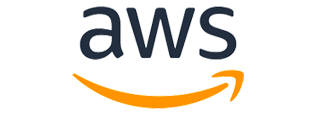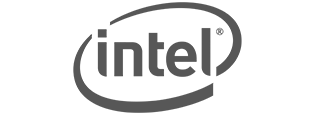NOVEMBER 16 • 2020

Four Keys to Service Increase During a Market Decrease

Four Keys to Service Increase During a Market Decrease
By Robert Steward • President and CEO of End2End, LLC
The COVID-19 pandemic is one of the most economically impactful and deadliest epidemics in over a century, and therefore, one of the biggest threats to supply chain management. With companies confirming sourcing issues throughout the supply chain, there is a need for businesses to find ways to visualize, authenticate and track their goods.
The solution to this issue lies in access to a transparent supply chain. While natural disasters such as the COVID-19, are unpredictable, organizations need to include a plan within the scope of their risk management framework to mitigate, anticipate and communicate to their customers with ease. Differentiate your brand and the time to act is now.
A global supply chain is full of different types of risk. These risks range from the minor bump in the road to a life-threatening or company disaster. But many of these risks can be eliminated if your company understands the results of these risks.
The first step to successful supply chain risk management is to understand which risks are unforeseeable, and which are manageable. Pandemics, recessions, disasters, and political instability are unforeseen, but you can manage how your company reacts to them.
The second step is having a formal corporate communication and action plan in place, which if done correctly, can increase customer trust, minimize operational downtime, and reduce financial loss.
The third step represents the importance of identifying and managing those risks that can be proactively alleviated, such as supplier and contractor financial capability, employee health and safety, and corruption.
Fourth, effective cloud-based management of your company’s ever-changing supply chain, can bring real-time visibility to these kinds of risks from ever occurring, or decrease the impact that these incidents might have on your brand and your bottom line when they do occur.
The good news is that you have more control than you might think with an IoT solution, even in a global setting, with cross-cultural, political, or environmental challenges.













